Sony, ICD-TX800
Rated 5.00 out of 5 based on 2 customer ratings
$120.99
The Sony ICD-TX800 audio recorder is perfect for capturing high-quality audio on the go!
Description
Sony ICD-TX800 Voice Recorder – A Perfect Audio Recording Device for Professionals
The Sony ICD-TX800 audio recorder is one of the latest additions to Sony’s line up of portable audio recording devices. It is a professional-grade voice recorder that is designed to provide high-quality sound recording capabilities in a compact, lightweight, and easy-to-use package. It is perfect for professionals who need to record lectures, meetings, interviews, or any other important audio information.
Design and Features
The ICD-TX800 is designed with portability in mind. It is small, lightweight and can easily fit into your pocket. It measures only 38.0 x 123.6 x 13.0 mm and weighs just 74g which makes it highly portable. It has a sleek design with a glossy black finish that gives it a premium look and feel.
The recorder is equipped with a highly sensitive S-Microphone and a noise reduction function that ensures crystal clear sound recording, even in noisy environments. Furthermore, it also has a low-cut filter feature that cuts off low-frequency sound like wind or traffic noise, which makes it perfect for outdoor recording.
The ICD-TX800 offers up to 12 hours of recording time with a rechargeable lithium-ion battery. When the battery is depleted, it can be recharged with the included USB cable. It also has a 16GB internal memory which offers plenty of storage space for all your recording needs. In addition, it supports both MP3 and WAV recording formats which gives you the flexibility to choose the one that best suits your recording needs.
Ease of use
The ICD-TX800 is very easy to use. It has a one-push recording button that can start recording immediately even when the device is off. The recorder also has a quick review function that lets you quickly review your recordings before saving them. Additionally, it has a built-in USB connector that allows you to easily transfer your recordings to your computer.
Pros and Cons
Pros:
– Highly portable and easy to use.
– High-quality sound recording capabilities.
– Low-cut filter feature for outdoor recording.
– Can record in both MP3 and WAV recording formats.
– Offers up to 12 hours of recording time.
– Quick review function and built-in USB connector.
– 16GB internal memory.
Cons:
– Lack of a dedicated volume control button.
– No support for external memory.
Conclusion
The Sony ICD-TX800 is a perfect audio recording device for professionals who need to record meetings, lectures, or interviews. Its high-quality sound recording capabilities, low-cut filter feature, and support for both MP3 and WAV recording formats make it a versatile and reliable device for all your recording needs. While it does lack a dedicated volume control button and external memory support, these minor drawbacks do not take away from the recorder’s overall performance and ease of use. The ICD-TX800 is a highly recommended audio recorder for professionals who need a compact, reliable, and easy-to-use device for their recording needs.
Dictaphone, Built-in Microphone, MP3, PCM Microphone: Built-in Microphone Weight: 22 g
Sony, ICD-TX800 properties
| Product name |
ICD-TX800 |
| Type |
Dictaphone |
| Memory Card Reader |
Built-in/Flash |
| Colour |
Black |
| Power Supply |
Battery |
| Battery Format |
Li-Ion |
| Microphone |
Built-in Microphone |
| Frequency Range Microphone Min |
95.0 |
| Frequency Range Microphone Max |
20000.0 |
| Recording Format |
MP3, PCM |
| Recording Resolution |
16 bit/44.1 Khz |
| Supported Audio Formats |
AAC, MP3, PCM, WMA |
| Height |
38.0 mm |
| Depth |
13.7 mm |
| Width |
38.0 mm |
| Weight |
22.0 g |
Frequently Asked Questions:
How do I play back my audio recordings on my computer?
There are several ways to play back your audio recordings on a computer. Here's how you can do it using different methods:
1. Using the built-in media player: Most modern operating systems come with a default media player that supports playing audio files. For example, on Windows, you can use the Windows Media Player or VLC Media Player; on macOS, you can use QuickTime Player; and on Linux, you can use GNOME MPV or VLC Media Player. To play back your recording, simply open the media player and select the audio file you want to listen to. Using an audio editing software: If you have recorded your audio using a separate audio editing software, you may need to export the recording as an audio file before playing it back. Popular audio editors include Audacity (available for Windows, macOS, and Linux), Adobe Audition (available for Windows and macOS), and GarageBand (only available for macOS). Once you have your recording saved as a file, you can play it back using the built-in media player or another audio player of your choice. Using an online audio converter: If your computer doesn't have a default media player that supports playing the format of your audio recording, you can use an online audio converter to convert the file into a supported format. Popular online converters include Zamzar, Online Convert, and FileZigZag. Once the conversion is complete, download the converted file and play it back using the built-in media player or another audio player of your choice. Remember that if you have recorded your audio using a microphone connected to your computer, it's important to check your recording settings beforehand to ensure optimal quality. This may include adjusting the input level, sampling rate, and bit depth according to your needs and preferences.
How do I connect my Sony ICD-TX800 audio recorder to a computer for file transfer?
Connect the USB cable that came with your Sony ICD-TX800 to both the recorder and the computer's USB port. Turn on the recorder by pressing and holding the power button until the display turns on. Wait for the recorder to recognize the connection to the computer. This may take a few seconds. On your computer, open the file manager or explorer (Windows) or Finder (Mac). The Sony ICD-TX800 should appear in the list of connected devices. Click on it to open its contents. You can now copy and paste files between your computer and the recorder as you would with any external drive. To do this, simply drag and drop files from one location to another. Once you're done transferring files, safely eject the device by right-clicking on it (Windows) or holding down the Option key while clicking Eject (Mac). This will prevent data loss and ensure that your Sony ICD-TX800 is properly disconnected from your computer. Note: Make sure to format your recorder's memory card if you want to use it for another purpose, as the previous recordings may still be present on the device.
How do I transfer recordings from my Sony ICD-TX800 to my computer using a USB cable?
Connect one end of the included USB cable to your Sony ICD-TX800 and the other end to a USB port on your computer. Turn on your Sony ICD-TX800 and make sure it's set to "PC Transfer" mode by pressing and holding the REC button for 3 seconds until you see the PC symbol on the display. Your computer should automatically detect the device and open a file explorer window showing the contents of your Sony ICD-TX800's memory card. If it doesn't, manually navigate to the device in File Explorer or My Computer (Windows) or Finder (Mac). Select the files you want to transfer and drag them into a preferred location on your computer. Alternatively, use the "Copy" or "Move" commands from the context menu. Once the transfer is complete, safely eject the device by right-clicking it in File Explorer (Windows) or Finder (Mac) and selecting "Eject" or "Safe Eject". This will prevent any data corruption that may occur if you were to simply unplug the device. Remove the USB cable from your Sony ICD-TX800 and your computer, and your recordings should now be safely stored on your computer.
"How do I connect my Sony ICD-TX800 to a computer using a USB cable for data transfer and software updates?"
Locate the supplied USB cable that came with your Sony ICD-TX800 voice recorder. Connect one end of the USB cable into the "USB" port on your Sony ICD-TX800. This is located on the bottom right-hand side of the device, near the power button. Connect the other end of the USB cable into an available USB port on your computer. Ensure that the computer is turned on and has recognized the connected device by checking the system tray for any pop-up notifications or icons. If prompted to install drivers, follow the on-screen instructions provided by Windows Update or the installation software provided by Sony. This will ensure proper communication between your computer and the Sony ICD-TX800 during data transfers and software updates. Once connected, you can transfer recorded audio files from your Sony ICD-TX800 to your computer for backup, editing or sharing purposes. You can also update the firmware of your device using Sony's dedicated software, which can be downloaded from their official website. To disconnect the Sony ICD-TX800 from the computer, simply unplug the USB cable from both ends. It is recommended to safely eject the device before doing so to prevent any data loss or corruption.
My Sony ICD-TX800 audio recorder is malfunctioning after getting wet, will it be covered under warranty and can you provide instructions on how to repair or replace it?
The Sony ICD-TX800 is a great recorder. Water damage can be a real issue for electronic devices like this. Firstly, let's check if your device is still under warranty. To do this, you'll need to contact Sony directly and provide them with the serial number of your device. The serial number can usually be found on the back or bottom of the recorder. If your device is still under warranty, Sony may repair or replace it free of charge, depending on the terms of the warranty. However, if your device is out of warranty, you'll need to consider other options for repair or replacement. In terms of repairing the device yourself, it's possible but not necessarily easy. The TX800 uses a custom PCB that can be difficult to work with, and the waterproofing seal may need to be replaced if it was damaged by water. To replace the PCB, you'll need to remove all the screws from the back of the recorder and carefully disassemble the device. You can then use a multimeter to test for any short circuits or other issues on the board. If you're not comfortable with DIY repairs, you may want to consider taking your device to a professional repair service. These services will have the necessary equipment and expertise to diagnose and fix the issue. In terms of replacing the device altogether, you can purchase a new one from Sony or a third-party seller. The TX800 is no longer in production, so you may be able to find a used or refurbished unit at a lower price.
Before you buy Sony, ICD-TX800


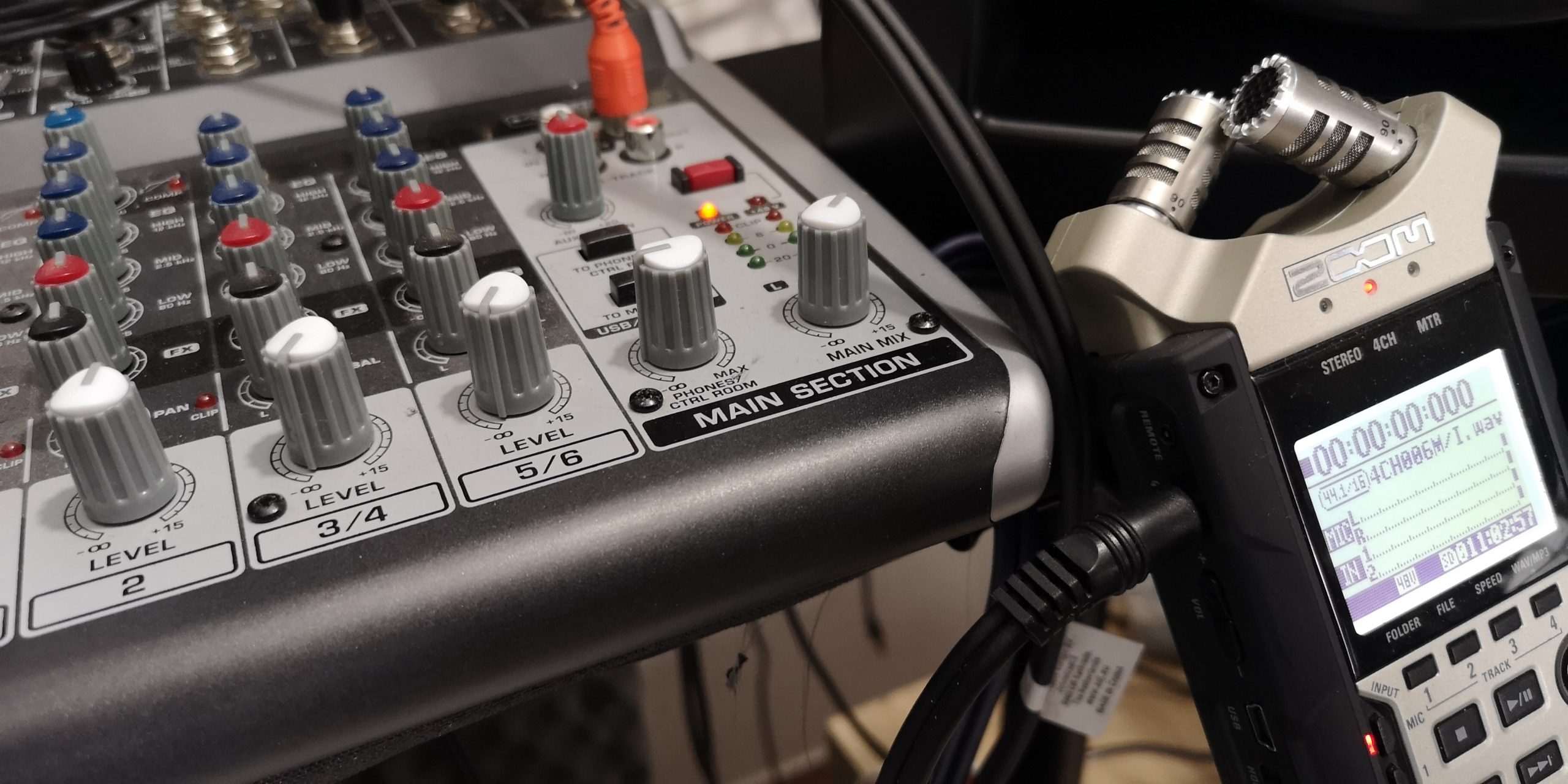

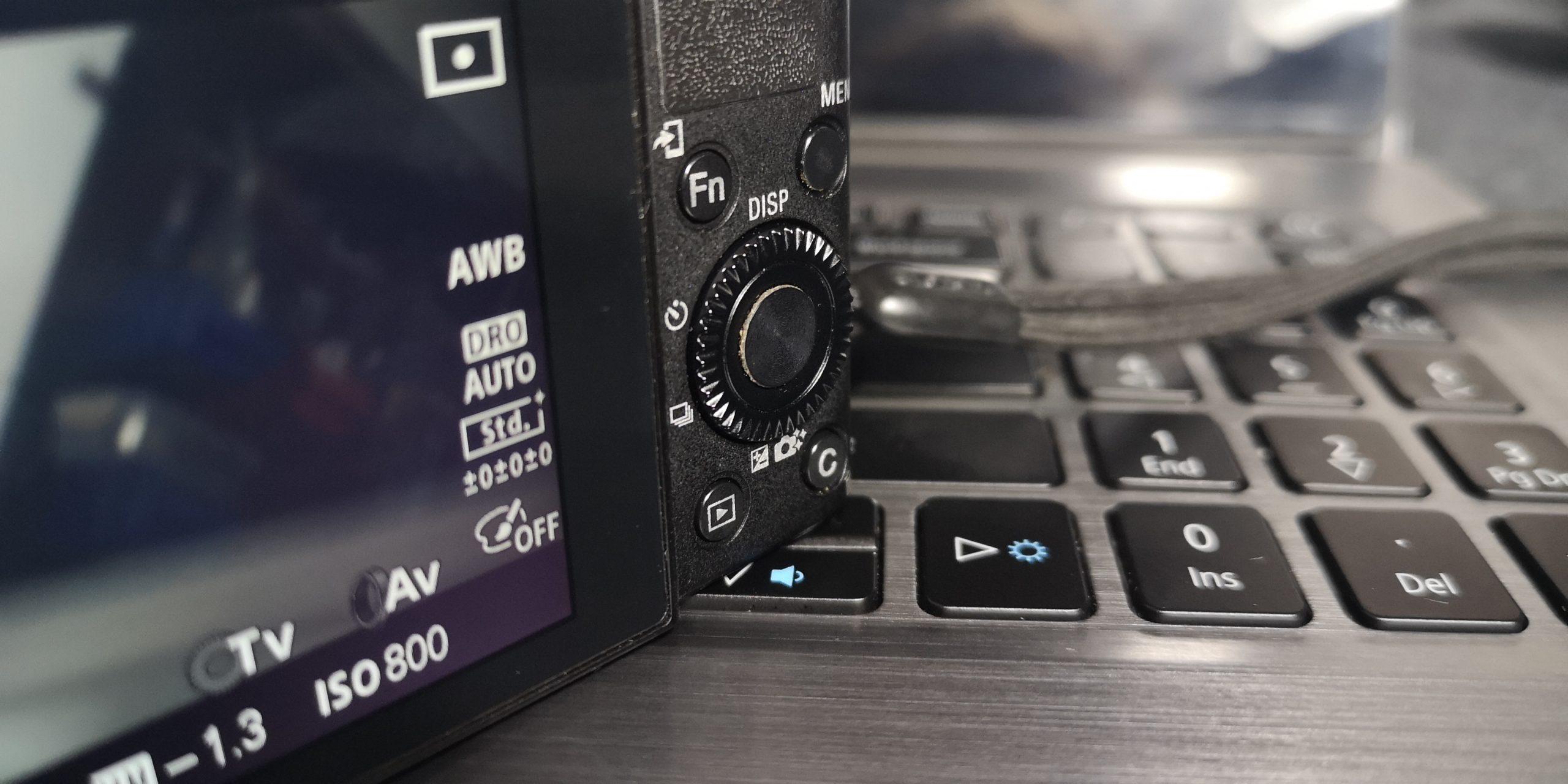
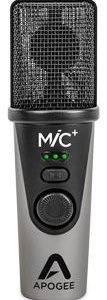
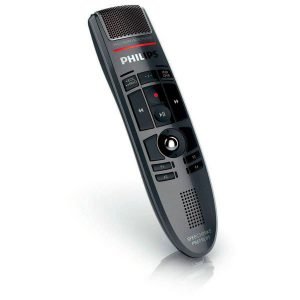
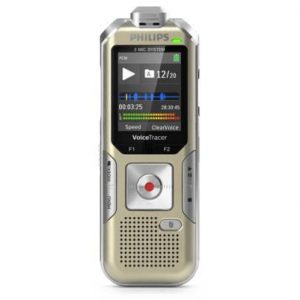

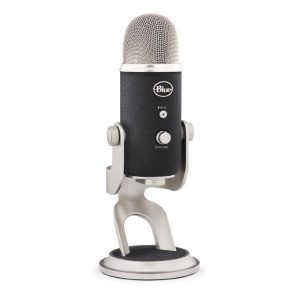
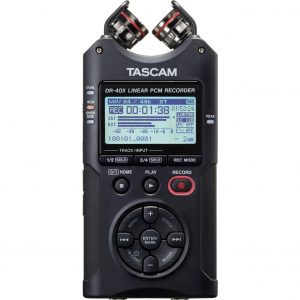
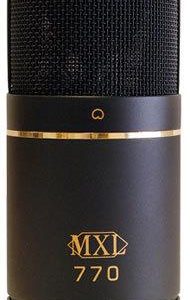
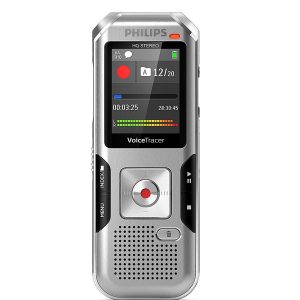
Graham F. –
Sony has given its ICD-TX800 the “ultra-compact” attribute. In fact, the device and the individual parts of this recorder are very compact. So far I have not known about the dictation machines that come as a whole. Sony turned this principle upside down and separated the recording and operating units. In fact, one could do without a control unit, since the recording functions of the voice recorder can also be controlled via an application from an Android smartphone. In this case, the devices are connected via Bluetooth. Control via the app works without any problems. But I would like to deal with the actual dictation machine here.
In addition to the two parts of the recorder, Sony also supplies a charging cable (USB) and an inexpensive set of in-ear headphones. The battery of the collection unit can be charged via the charging cable. The remote control is powered by a CR2032 button cell battery. Unfortunately, I can’t understand why Sony did it without a battery in the remote.
Theodore Kim –
I am very positively surprised by this product. High sound quality, flawless workmanship. You can only attach to the glowing casing of the sound card, but I will not use this one, because I connect the microphone to the mixer.
I compared it with the TLM 102 microphone. Mozos is not bad. For my ear, it has less bass, the speech is slightly raised, it has a little more noise, and the signal is greater. Yes, he is far from this league, but for the money it is really worth it. I recommend (I’ve already successfully persuaded a few colleagues 🙂
Valeria –
As someone who has used several audio recorders in my career, I have to say that the Sony ICD-TX800 is not one that I would recommend. I had high hopes for this device, given its sleek design and compact form factor, but unfortunately, it fell short in several crucial areas.
First off, the 22.0 g weight may seem appealing at first glance, but in practice, it feels too light and flimsy. I found myself worrying that the device would break if I accidentally dropped it or bumped it against something. Additionally, the 38.0 mm width is a bit too narrow for my liking, making it difficult to hold onto the recorder securely.
In terms of audio quality, the ICD-TX800 is decent, but not outstanding. The recordings I made had a noticeable amount of background noise, which was disappointing. Compare this to other audio recorders I’ve used such as the Zoom H4n and the Tascam DR-05, both of which produce much clearer recordings and are sturdier in design.
Overall, while the Sony ICD-TX800 has some nice features, including its ability to record in LPCM, I can’t recommend it based on its flimsy design and mediocre audio quality. There are other options on the market that offer better performance and durability for the same price.